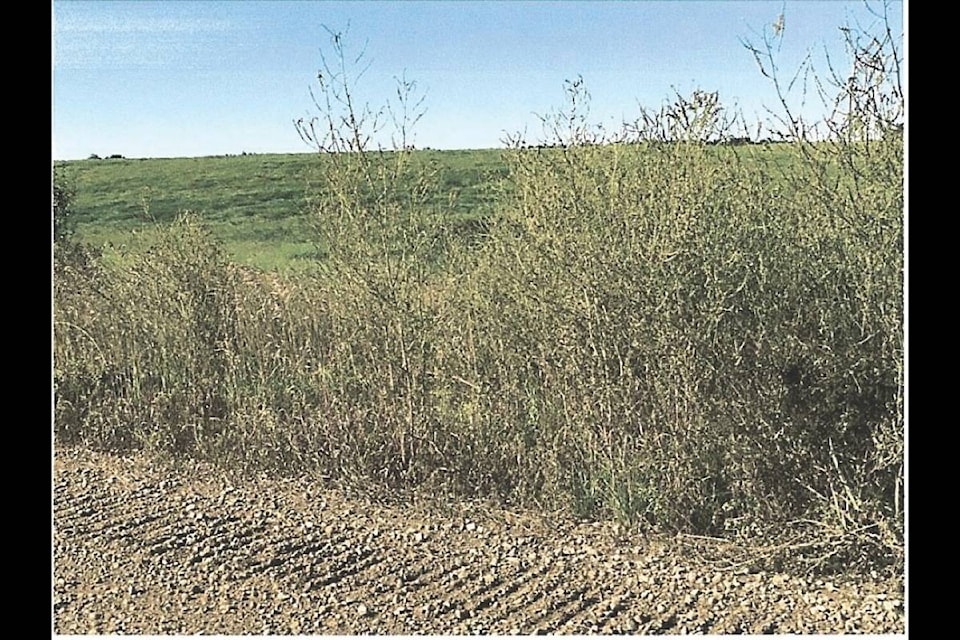Dear editor,
I think it is safe to assume that the overwhelming majority of people are aware and concerned about the decreasing population of the honeybee and bumble bee.
Honeybees play a vital in the survival of the human race. They are responsible for the pollination of about one-third of the food we eat on a daily basis.
As a lifetime beekeeper and environmental enthusiast I cannot help being concerned about a decision that continues to be made by my elected council. Every year at the end of our honey harvest, early to mid-August, when the bees have few flowers left to visit, the county comes out and sprays the wild flowers in the ditches. These wild flowers, such as clover (sweet, white and pink), asters and alfalfa are essential to the survival of the bees throughout the winter.
Bees need a variety of pollen and nectar as they prepare themselves for winter.
I have been addressing this issue personally for several years now, but I seem to make no progress. During my most recent visit to the municipal hall I was told that spraying the ditches is “what the public wanted” and that the greenery in the ditches acts as camouflage for deer and other wildlife.
This I find particularly interesting since the sprayed ditches quickly turn brown, making them the perfect camouflage for wildlife.
To make things even more peculiar, the county then comes and mows down the wild flowers they sprayed nearly a month prior. Why not save some money and allow the bees an additional three to four weeks of foraging healthy flowers and simply mow the ditches in preparation for winter? These ditches that run along all of our range roads and township roads often border bee sites or unites of hives.
The best I was told I could do as a beekeeper is to put up “No spray” signs near my bee sites and they would not spray within 200 meters of the signs. Unfortunately, this is not a viable solution, since the honeybee can travel within a three km radius of their hive.
Or if they really do need to reduce the height of the vegetation in the ditches, can they simply just mow them instead of spraying harmful chemicals onto the bee’s source of food?
I cannot help but wonder if this is the true opinion of a public that continues to show growing concern for the population of the bees.
Joseph Kent, beekeeper
County of Wetaskiwin resident
